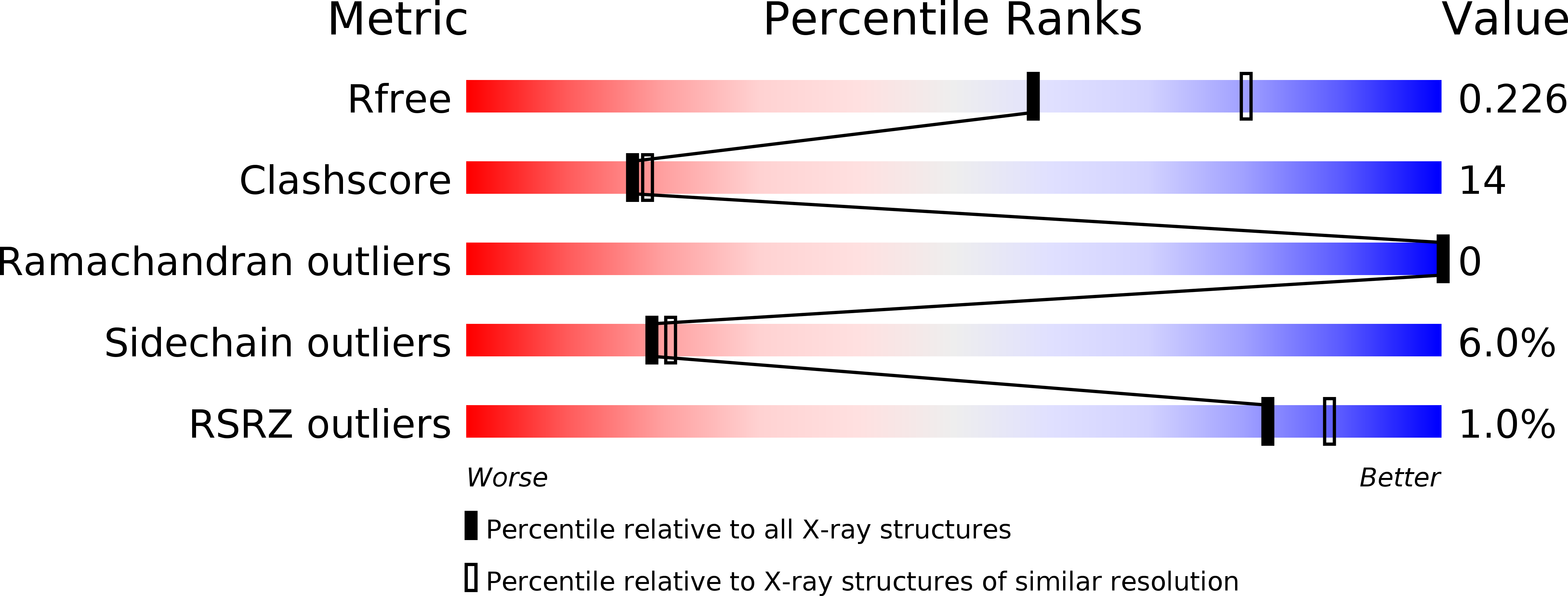
Deposition Date
2012-02-28
Release Date
2012-08-15
Last Version Date
2024-03-13
Entry Detail
PDB ID:
4DY0
Keywords:
Title:
Crystal structure of native protease nexin-1 with heparin
Biological Source:
Source Organism:
Homo sapiens (Taxon ID: 9606)
Host Organism:
Method Details:
Experimental Method:
Resolution:
2.35 Å
R-Value Free:
0.22
R-Value Work:
0.18
R-Value Observed:
0.18
Space Group:
P 41 21 2


